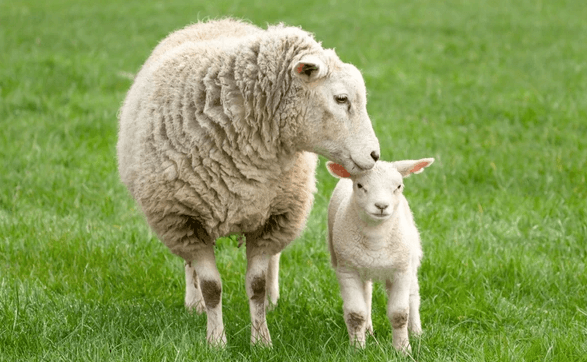Baby:0u97mcrcfns= Lamb

The emergence of Baby:0u97mcrcfns= Lamb, often known as lamblets, during spring signifies more than just the renewal of the agricultural cycle; it embodies critical developmental opportunities for children. These gentle animals not only serve as a source of joy and companionship but also play a pivotal role in fostering empathy and cognitive growth in young minds. As we explore the multifaceted benefits of integrating such experiences into family life, it becomes essential to consider how these interactions might shape future parenting methodologies and their implications for child development. What might this mean for the evolving landscape of nurturing young minds?
Overview of Baby:0u97mcrcfns= Lamb
The baby lamb, often referred to as a lamblet, is a remarkable example of early life in the agricultural setting, typically born in the spring months.
Understanding lamb care is vital, as these young animals require a nurturing environment to thrive.
Their sleep patterns are crucial for growth, as they spend significant time resting, which aids in their physical development and overall well-being.
Key Features and Benefits
Key features of baby lambs contribute significantly to their development and the benefits they offer to both their environment and the farming community.
Their inherent safety features ensure a nurturing growth environment, while positive user reviews highlight their adaptability and gentle nature.
These attributes not only enhance animal welfare but also promote sustainable farming practices, empowering communities to thrive and embrace their freedom.
Impact on Early Childhood Development
Recognizing the valuable role of baby lambs in early childhood development can profoundly influence how young children engage with their environment.
Through sensory play, children develop crucial cognitive and emotional skills, fostering secure attachments in line with attachment theory.
The presence of baby lambs encourages exploration and empathy, facilitating rich interactions that nurture social competence and emotional regulation, ultimately enhancing overall developmental outcomes.
Read Also Baby:0d2sqzug3ru= Giraffe
Future of Parenting Technologies
Increasingly, technology is reshaping the landscape of parenting, offering innovative solutions that cater to the diverse needs of families.
The future of smart parenting lies in harnessing digital tools that enhance communication, streamline daily routines, and promote child development.
As these technologies evolve, they empower parents to foster nurturing environments while ensuring a balanced approach to screen time, ultimately supporting family freedom and connection.
Conclusion
In conclusion, the presence of baby lambs in agricultural settings extends beyond mere companionship; it serves as a catalyst for fostering emotional intelligence and cognitive growth in children. The theory suggesting that interactions with animals enhance nurturing qualities and social skills holds considerable merit, as evidenced by numerous studies linking such experiences to improved developmental outcomes. Thus, integrating baby lambs into family environments not only nurtures these young animals but also cultivates a deeper understanding of empathy and responsibility in future generations.



